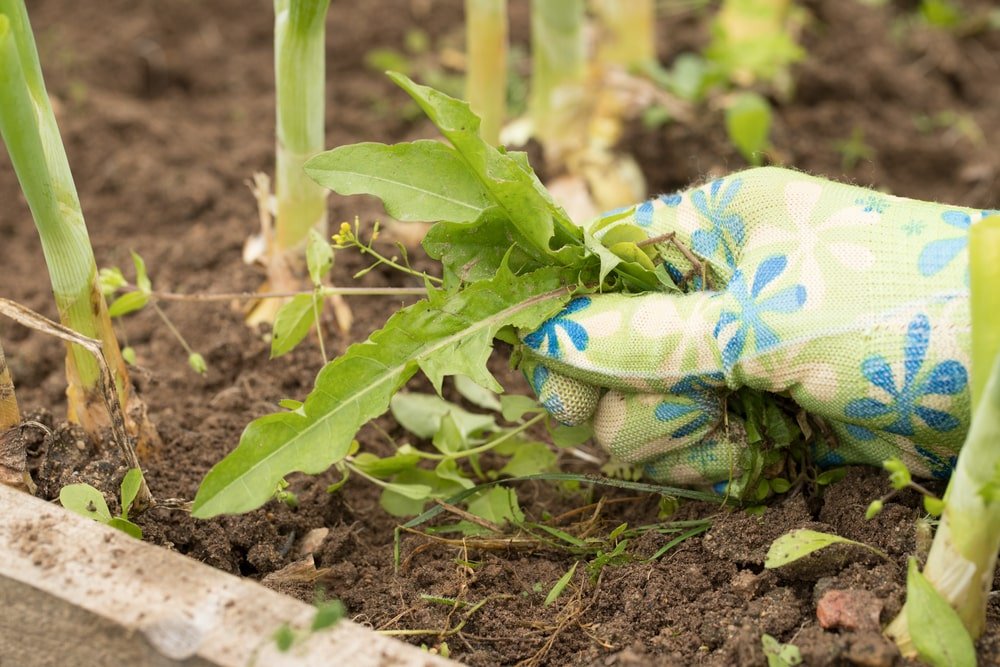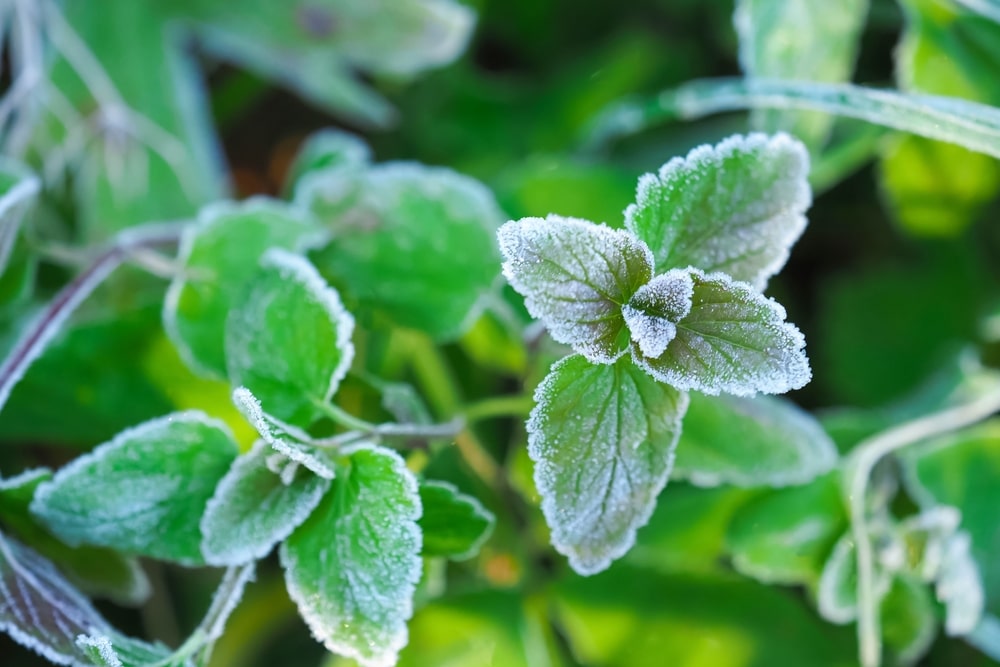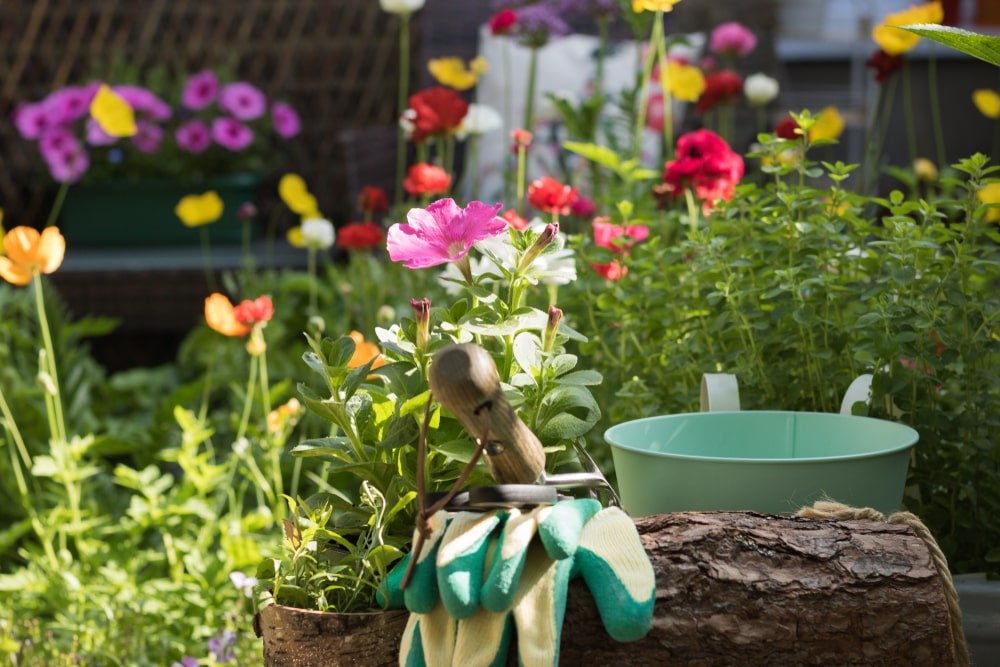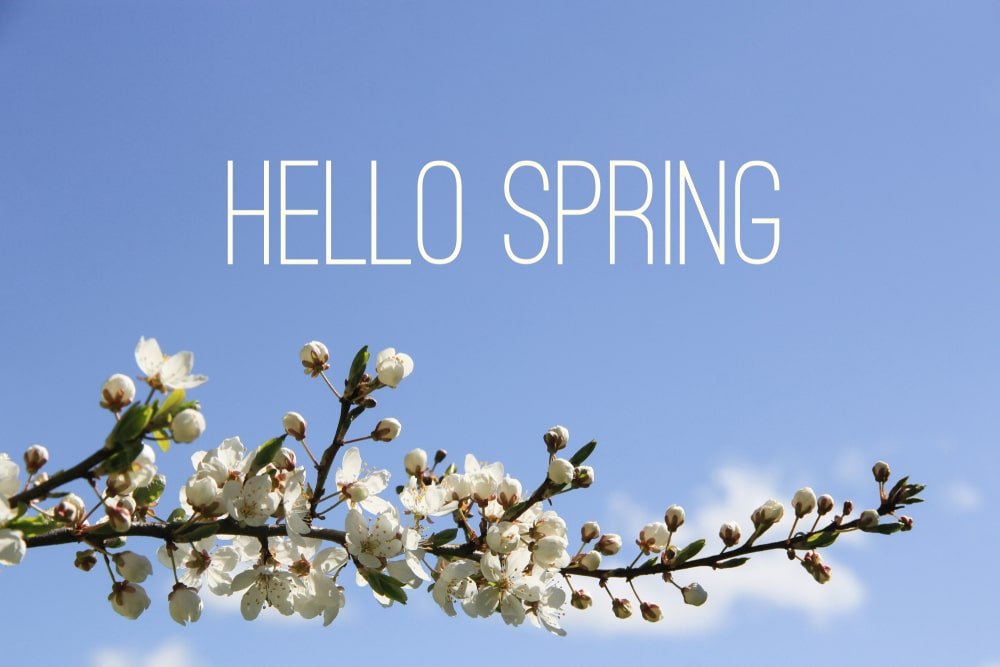Quick Guide to Proper Planting Techniques
OUR MISSION IS TO HAVE ALL YOUR NEW PLANTS PERFORM AND LOOK GREAT Hindsight is 20/20. I say this because I should have written this blog a few weeks ago. But, there is still a lot of planting going on for the next few months. So, I feel that this blog has merit at this … Read more










